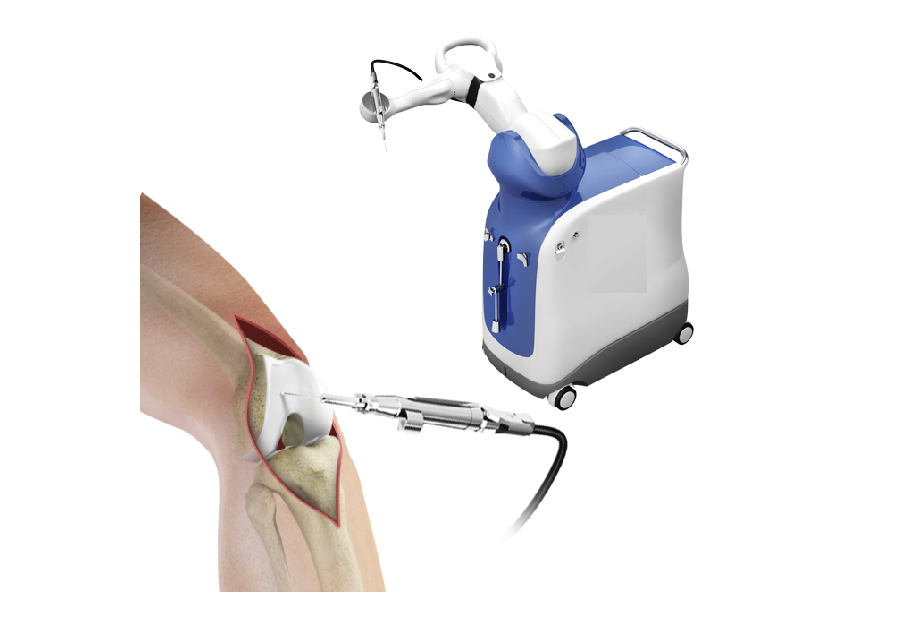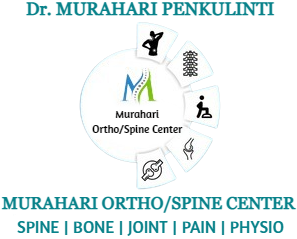Robotic Replacement Surgery
Robotic Replacement Surgery
Robotic replacement surgery, also referred to as knee arthroplasty, is a surgical procedure done to replace bone and cartilage damaged by conditions such as osteoarthritis or injury with a prosthesis. This surgery is considered after medication, physical therapy, and exercise have failed to provide relief. Robotic replacement surgery is safe and effective and helps relieve pain. It also restores the function of the knee joint, thereby helping in movement.
A Robotic Replacement Surgery is a surgical procedure whereby the diseased knee joint is replaced with artificial material.
The knee is a hinge joint that provides motion at the point where the thigh meets the lower leg. The thighbone (or femur) abuts the large bone of the lower leg (the tibia) at the knee joint.
Knee replacement is a kind of arthroplasty. Arthroplasty literally means “the surgical repair of a joint,” and it involves the surgical reconstruction and replacement of degenerating joints using artificial body parts, or prosthetics.
When the articular cartilage of the knee becomes damaged or worn, it becomes painful, and the knee is hard to move. Instead of sliding over each other, the bones rub and crush together. With a prosthesis, the patient will feel less pain, and the knee will move properly.

Why have Robotic Replacement Surgery?
Osteoarthritis: This type of arthritis is age-related and caused by the normal wear and tear of the knee joint. It mostly affects patients over 50, but younger people may have it.
Osteoarthritis is caused by inflammation, breakdown, and the gradual and eventual loss of cartilage in the joints. Over time, the cartilage wears down and the bones rub together. To compensate, the bones often grow thicker, but this results in more friction and more pain.
Rheumatoid arthritis , also called inflammatory arthritis, causes the membrane around the knee joint to become thick and inflamed. Chronic inflammation damages the cartilage, causing soreness and stiffness.
Post-traumatic arthritis: This type of arthritis is due to a severe knee injury. When the bones around the knee break or the ligaments tear, this will affect the knee cartilage.
